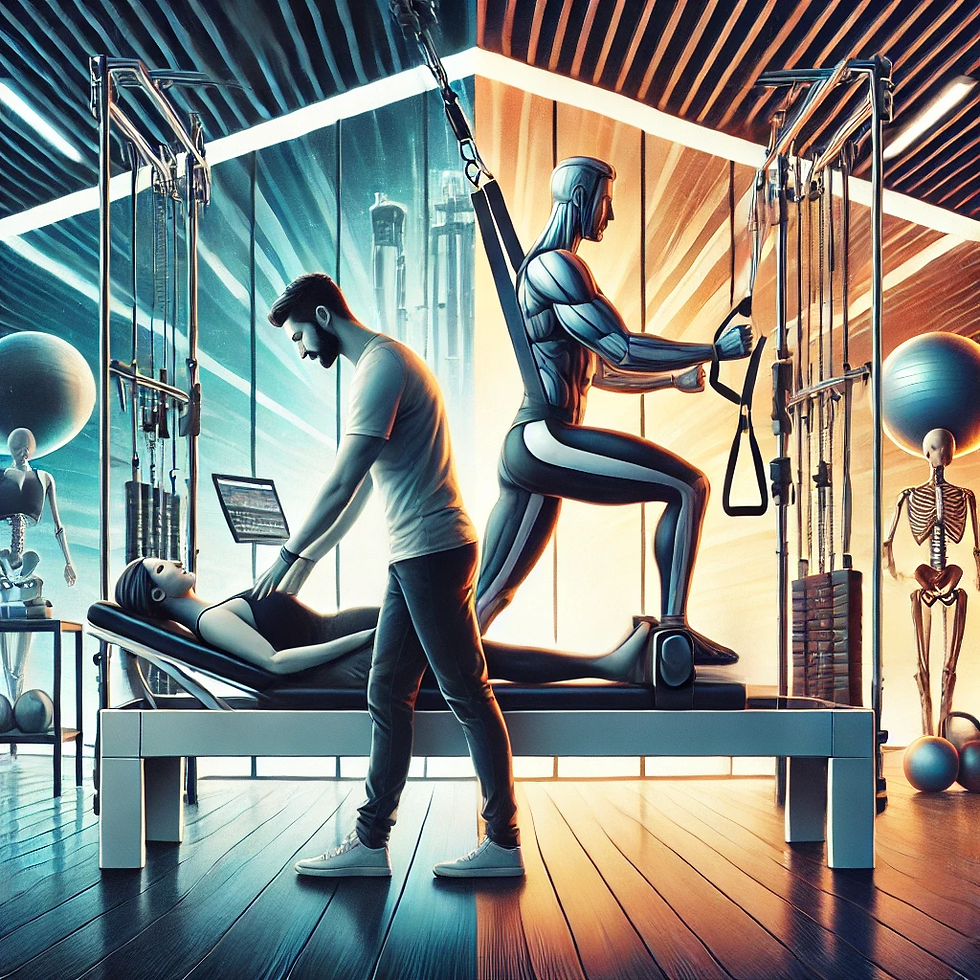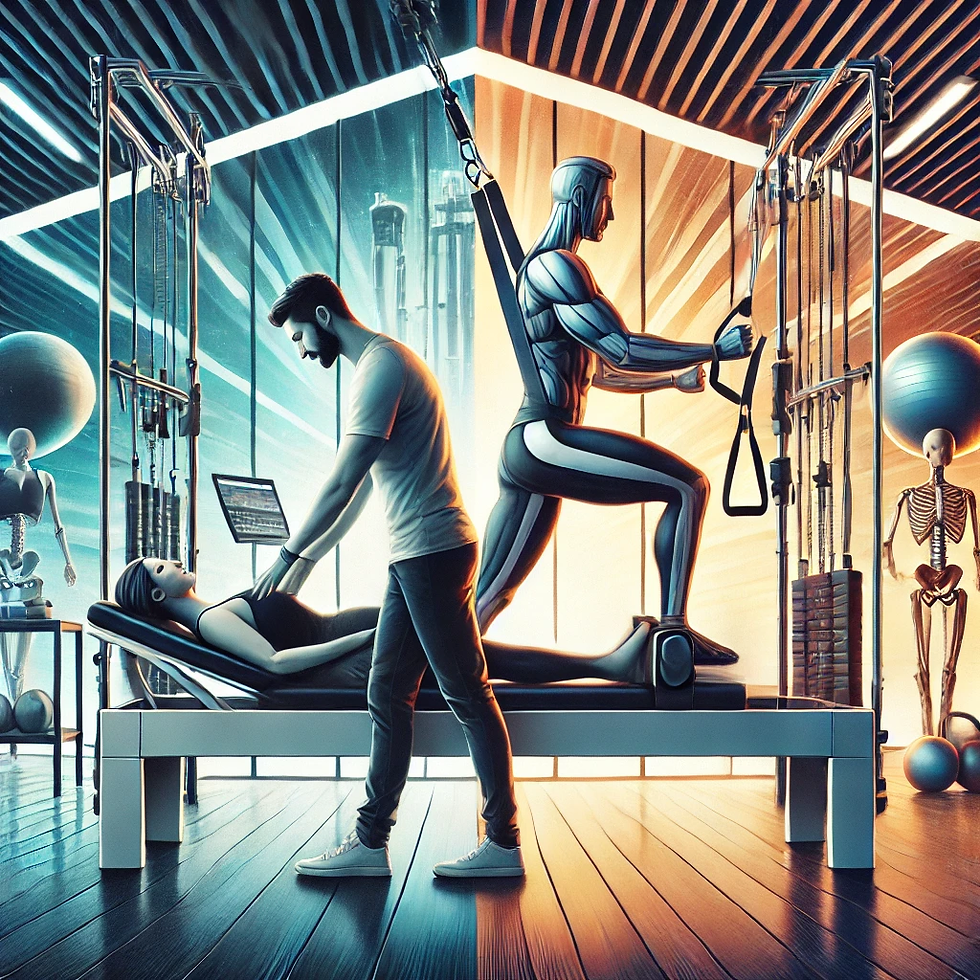
The Misconceptions About Pilates That Need to Be Addressed
- drsuzbaxter
- Nov 3
- 3 min read
The Misconceptions About Pilates That Need to Be Addressed
There’s a lot of noise online about Pilates—what it is, what it isn’t, who it’s for, and what it can or can’t do. And while I love seeing people moving in any way that gets them stronger and feeling good, I can’t ignore the growing trend of gatekeeping, misinformation, and even outright mockery toward participants.
Lately, I’ve noticed a divide between classical Pilates purists and what Pilates has evolved into today. More concerning, I see instructors making fun of clients who come to class with an injury, as if they don’t belong there. I have a few problems with this.
1. Pilates Isn’t Just Rehab—And That’s Where the Confusion Starts
One of the biggest misconceptions is that Pilates is rehab exercise. This largely comes from its association with clinical Pilates, which is often used in physiotherapy settings. But Pilates as a whole was never intended to be just for injury rehabilitation—it’s a movement system that can be used for fitness, strength, and control.
The problem? The everyday participant often doesn’t know the difference between a fitness-based Pilates class, classical Pilates, and clinical Pilates. So they show up to a class expecting guidance, only to be met with an instructor who either:
• Doesn’t know how to modify movements safely, or
• Believes that modifications shouldn’t be part of a group setting at all.
And that’s a huge disservice to participants.
2. Injured Clients Aren’t a Burden—They Just Need Options
I fully agree that some people need a private session. But I also believe that people who have been cleared to return to exercise should be able to attend group classes if they know their own adjustments.
The issue arises when instructors expect every participant to blindly follow along. A great class should offer different levels of difficulty—not just for those with injuries, but for everyone, from beginners to advanced participants.
And let’s talk about the injury check at the start of class:
“Does anyone have any injuries?”
If someone says “I have a back injury,” that alone tells the instructor next to nothing. Is it a flexion or extension intolerance? Is rotation a problem? Do they struggle with stability? And yet, I’ve had instructors try to tell me what should or shouldn’t feel good for my own back—despite my experience, despite the fact that back herniations don’t have to be a death sentence.
This mindset needs to shift.
3. Pilates Isn’t a Magic Fix for Strength or Bone Density
There’s also the oversimplification of Pilates as the solution to every fitness goal—especially when it comes to strength and bone density. Let’s be clear:
• Can Pilates build core strength? Yes.
• Can Pilates build muscle? Somewhat, but not in the way people think.
• Is Pilates an effective method for increasing bone density? Not really.
For bone density, you need progressive overload—meaning enough resistance to cause microtears in the muscle, which then stimulates bone remodeling. While Pilates involves a lot of repetitions, even on the reformer, it typically doesn’t provide the mechanical stress necessary to significantly improve bone density. If that’s your goal, resistance training is far more efficient.
Think of it this way:
Tapping your foot on the ground will technically work your cardiovascular system—but is it the most effective way to improve your endurance? No. The same logic applies to Pilates and strength training.

4. Pilates is Incredible—But It’s Not Everything
I take issue with dogmatic approaches. Pilates can be amazing for stability and control, but it’s one tool in the toolbox—not a cure-all.
We need to move beyond the black-and-white thinking that either:
• Pilates is the ultimate strength solution, or
• Pilates is just glorified stretching.
It’s neither. It’s a powerful method of movement, but it’s most effective when integrated with other forms of training. And as instructors, we should be more focused on educating participants rather than pushing one rigid ideology.
The Bottom Line
Pilates is a fantastic way to train, but it’s time we stop pretending it’s something it’s not. Let’s stop gatekeeping. Let’s stop mocking participants who show up eager to move. And let’s start leading classes with real education, smart progressions, and a better understanding of how Pilates fits into a well-rounded training program.
Because at the end of the day, movement should empower people—not exclude them.



Comments